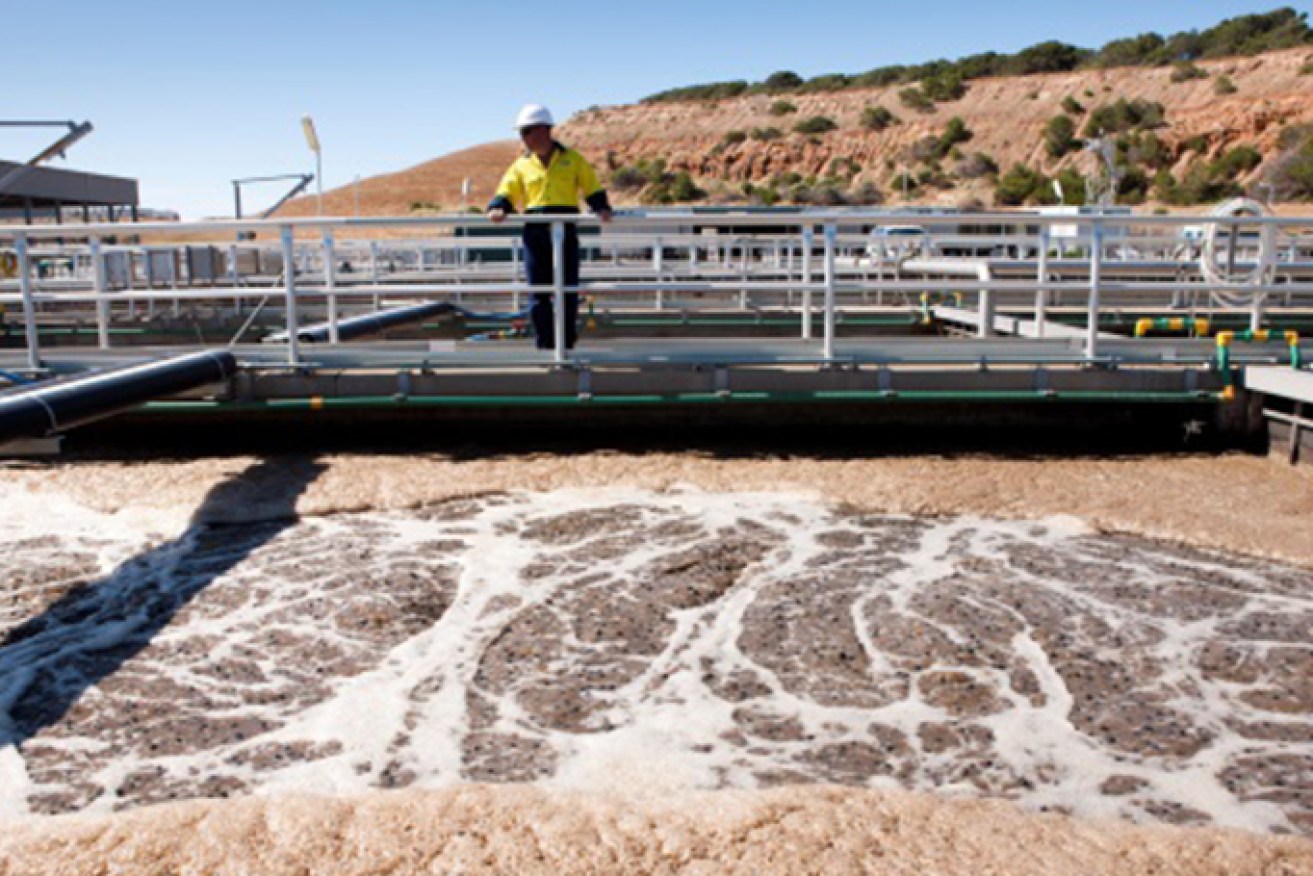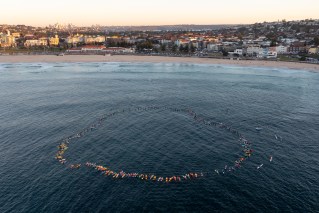Innovation pipeline: Wastewater surveillance flushed with success
A CSIRO lab in Brisbane continues to receive samples from sewage plants from all over Queensland.

Professor Kevin Thomas from UQ’s Queensland Alliance for Environmental Health Sciences said wastewater surveillance had played an important role in the state’s response to COVID-19.
While the technology had previously been used to monitor illicit drug use, for routine surveys and studies, it is now a part of daily life in the pandemic. Queensland Health proactively releases the data to alert people to areas where there may have been a case.
“It’s been quite a rapid translation from a research project into what is essentially now a surveillance program being used around the world,” Thomas told InQueensland.
Thomas said the biggest logistical challenge, scaling up the program in a decentralised state like Queensland, was being able to get samples back from public utility providers as quickly as possible.
Now, couriers and other drivers can get the samples back to the CSIRO fast enough for data to be available within 24 to 48 hours.
“All the utility providers across the state have been fantastic in their support of the program, we in Queensland Health can’t thank them enough for the support they’ve given,” Thomas said.
Displaying the test results as ‘green’ or ‘red’ has also raised some technical issues. For example, in urban areas, there was a need to distinguish between COVID-19 patients being treated in hospital or in quarantine and undetected cases in the community, to ensure the benefits of testing weren’t lost.
“Some of the larger sewage catchments, such as Luggage Point in Brisbane, were showing ‘red’ all the time,” Thomas said.
Now, samples are taken at a range of sites upstream from the Luggage Point plant, providing closer surveillance of suburbs and delivering what Thomas describes as “a high-resolution picture across Queensland”.

Wastewater testing for genetic material linked to COVID-19 continues across Queensland.
Thomas said that while wastewater testing was used as an early warning device in Australia – this week in NSW it is being used to help find the missing link in an outbreak – in other countries it was being used to detect waves of infection. He noted that some United States colleges had used it on campus to determine when students should get tested or take additional precautions.
Long-term, Thomas expects the technology to be refined even further, and health experts to identify other diseases capable of being detected through wastewater surveillance.
“I think, really, if we can develop a long-term early warning system that tells us when the next pandemic is coming, that would be a fantastic move forward,” Thomas said.
The latest full round of testing is showing ‘red’ in Luggage Point, Luggage Point upstream location C, and Noosa.












